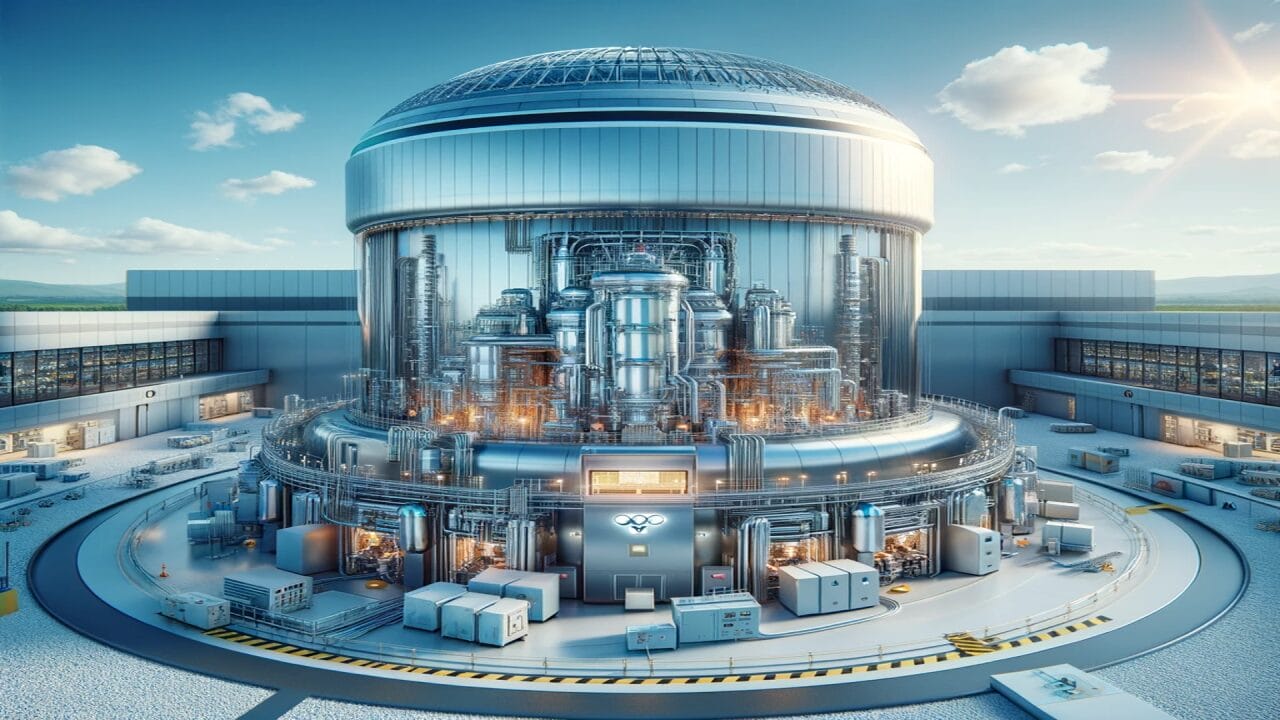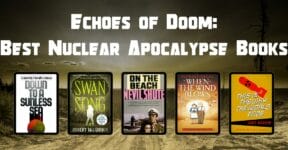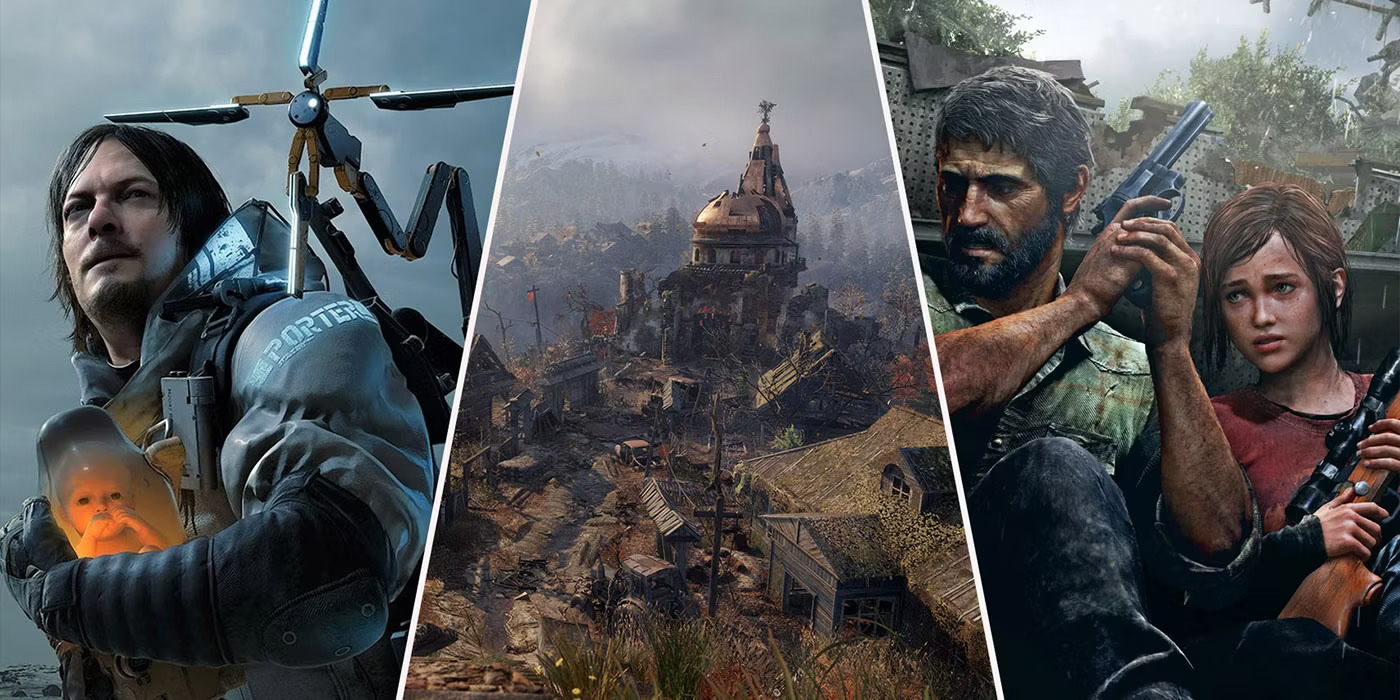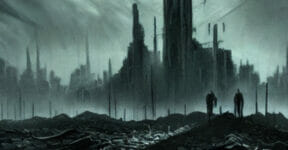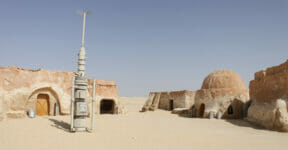The prospect of a nuclear war has become less hypothetical every single day. The current wars in Europe and the Middle East, albeit not directly involving every country in both regions, come with the likelihood of a quick, widespread escalation that possibly drags the United States and Russia into head-to-head confrontation. But let’s refrain from talking about international politics; we’re here to have nothing but a mere light discussion on the consequences of an all-out nuclear war on the world and life at large, as well as the technology that might emerge in the post-nuclear worlds to help survivors live on.
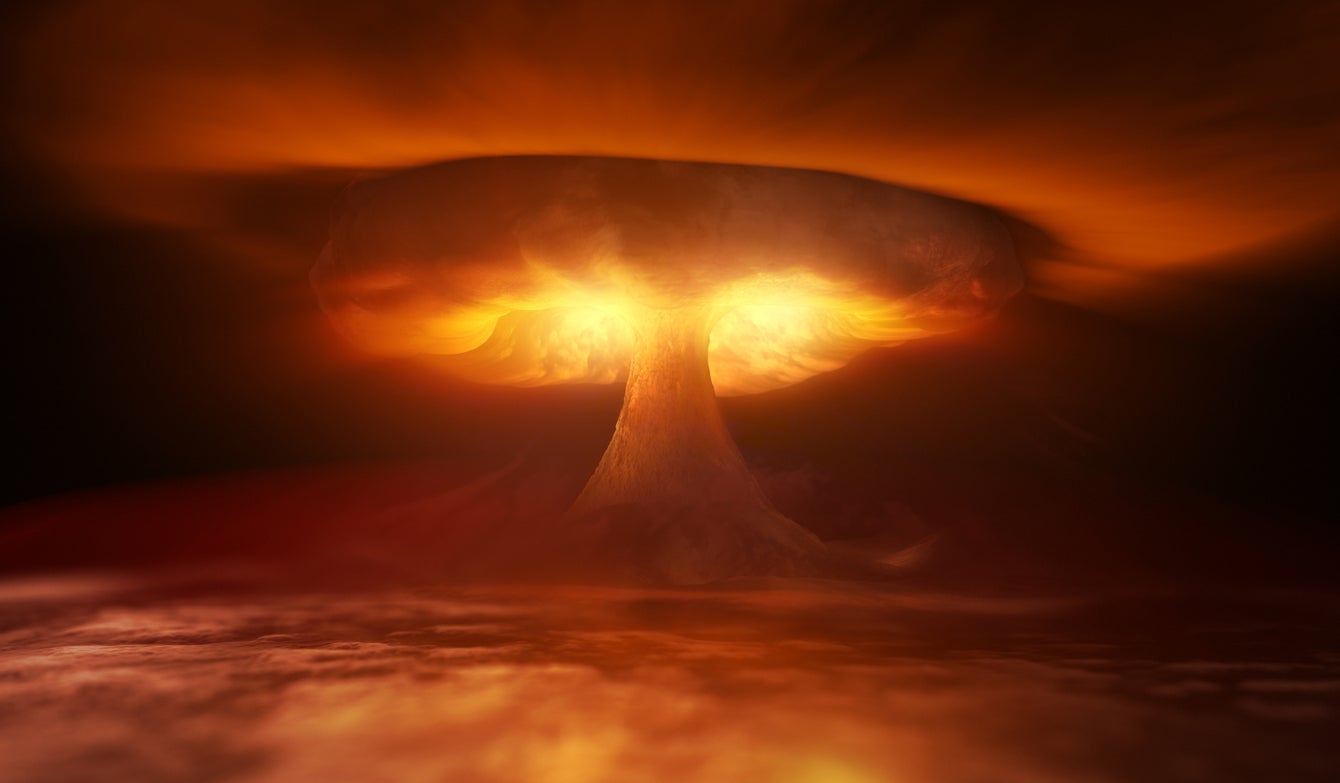
The Not-So Hypothetical Effects
With the possibility of nuclear war, it possibly involves the United States and Russia. It’s such an old cliché that has been the staple of apocalypse fiction since decades ago, perhaps even before the Cold War era. Everybody knows a nuclear fallout between the two countries would be terrible, but how to describe devastation, exactly?
It’s difficult to map the damage with precision because there’s no way to know how many nuclear warheads both countries will use, which cities they target with each missile, and whether other countries choose to get involved. So, let’s just assume the worst.
Whether the United States, or Russia starts the war is irrelevant. It doesn’t really matter who pulls the trigger first; when one launches a missile, the other undoubtedly fires back even before the first warhead reaches the target. A ballistic missile launched from a U.S. submarine stationed west of Norway could reach Russia in about 10 minutes; a Russian warhead from north of Canada could hit the U.S. just a few minutes later. The first strikes from the two countries would most likely fry all electronic devices and cripple power grids within the blast radius, and the second strikes are aimed at each other’s nuclear launch facilities and the command centers. It takes about 30 minutes for a land-based intercontinental ballistic missile to reach the target.
Russia and the United States have around 11,000 nuclear warheads combined, split roughly half between the two countries; and that’s only the confirmed number. While not every warhead is created equal (some have a larger yield than others), it wouldn’t be a farfetched idea that each has enough power to cripple a major city in the target country. Every ground-level impact generates a fireball with intense heat before the radioactive mushroom cloud rises to the sky. The explosion vaporizes everyone within the radius, triggers fires, and causes blindness even further away. Buildings and many infrastructures collapse because of the blast wave, increasing the casualties.
France and the U.K. are under the obligation to defend the U.S. as stated in NATO’s Article 5, so Russia will probably strike first to minimize chances of devastating retaliatory strikes from the alliance. Firestorms hit major cities, and the effect is exacerbated by winds that act like a massive fan to intensify and enlarge the flames. Everything that can burn will soon be wrapped in fire, glass melt, metals bend, and the asphalt road is now just a stretch of boiling hot liquid.
Believe it or not, the immediate effects of a nuclear blast (the explosions, firestorm, EMP, and radioactivity) are only the beginning of endless nightmares. A decade-long nuclear winter, caused by the smoke of nuclear firestorms, is as merciless as they come.
The atomic bombs detonated in Hiroshima and Nagasaki nearly 80 years ago were much less powerful than today’s hydrogen bombs. In a big, heavily populated city like Moscow, there will be even bigger black smoke. And the firestorms generated by modern warheads send the smoke as high as the stratosphere. Since the altitude is higher than rain clouds, nothing can wash out the smoke. Sunlight continues to increase the black smoke’s temperature, keeping it afloat for a decade or so. Considering the speed of high-altitude jet streams, it won’t take longer than just a few days for the smoke to cover not only the skies of Russia, but the entire Northern Hemisphere.
In case you forget, the Northern Hemisphere encompasses the entire North America and Europe, about 10% of South America, two-thirds of Africa, and most of Asia including China, Japan, and India. Black smoke in the stratosphere blocks the sunlight. Earth is rendered freezing cold even during summer. Farmlands in any region in the Northern Hemisphere will not survive. Around 5 billion will die from starvation. The vast majority (about 99%) of the populations in the U.S., Europe, Russia, and China are gone. Will it bounce back? Highly unlikely, and certainly not within a decade.
How Do Technologies Help?
If the war doesn’t end up involving countries in the Southern Hemisphere, humanity still has a good chance of “not going extinct.” Australia and South Africa are pretty far south, so they may still maintain 21st century technological development. They have records, books, and presumably working Internet servers, so the world is not over yet. They also have enough scientists, academics, engineers, and skilled professionals to help rebuild the destroyed world. This, too, will have to wait until the Northern Hemisphere is deemed ready for occupancy and safe from radiation. In the meantime, human civilization will continue in the Southern Hemisphere only.
But what if the war affects the entire world?
In that case, you have to be very optimistic to even suggest that some people survive after a worldwide nuclear fallout. Let’s say there are indeed survivors. A small group of people can build a rudimentary hydroelectric generator, so everyday electrical devices can still work. The Internet is lost as well as all forms of remote communication because the network just isn’t there anymore. Computers are also usable, but once the devices break, it’s going to be very difficult to get replacements. Factories are gone. There’s no facility to produce microchips and cars. You can’t even rely on solar-powered devices simply because, well, the sunlight no longer reaches the ground.
We think basic technologies, like hand tools and farming equipment rather than calculators or wristwatches, will be the key to survival. If there are survivors somehow miraculously in an area unaffected by the gusting wind that carries radioactivity, there might also be some crops left intact, again thanks to an unexpected, miraculous series of events. Farming equipment is the first technology to manufacture, and then gradually over two decades when the black smoke slowly disappears, there will be power to help rebuild the civilizations as long as records of the old world knowledge still exist.
Do you think nuclear weapons make the world safer (due to the threat of mutually assured destruction) or more dangerous? Which is more likely to happen, nuclear fallout or asteroid impact? We’d love to hear from you.
Other Things You Might Want to Know
We had some nuclear disasters before, but we survived. How is the next time different?
The biggest difference is that all the previous nuclear disasters were localized, not worldwide. If one nation suffers from the lack of electricity and food production, the neighboring countries can provide help. In a global-scale catastrophe, nobody is helping anybody. No country will be willing to share resources, and that’s assuming they have anything left after the war.
What animals and plants are most likely to survive?
Life on Earth will survive even during prolonged nuclear winter and radioactivity, but humans might not be a surviving species. A lot of microbes have been found to be exceedingly resilient and capable of handling a huge amount of radiation over a long period. Scorpions can also survive.
How many nuclear bombs have been used in warfare?
Nuclear weapons have only been used twice in warfare – Hiroshima and Nagasaki in 1945 during World War II.
Check out other articles by month:

